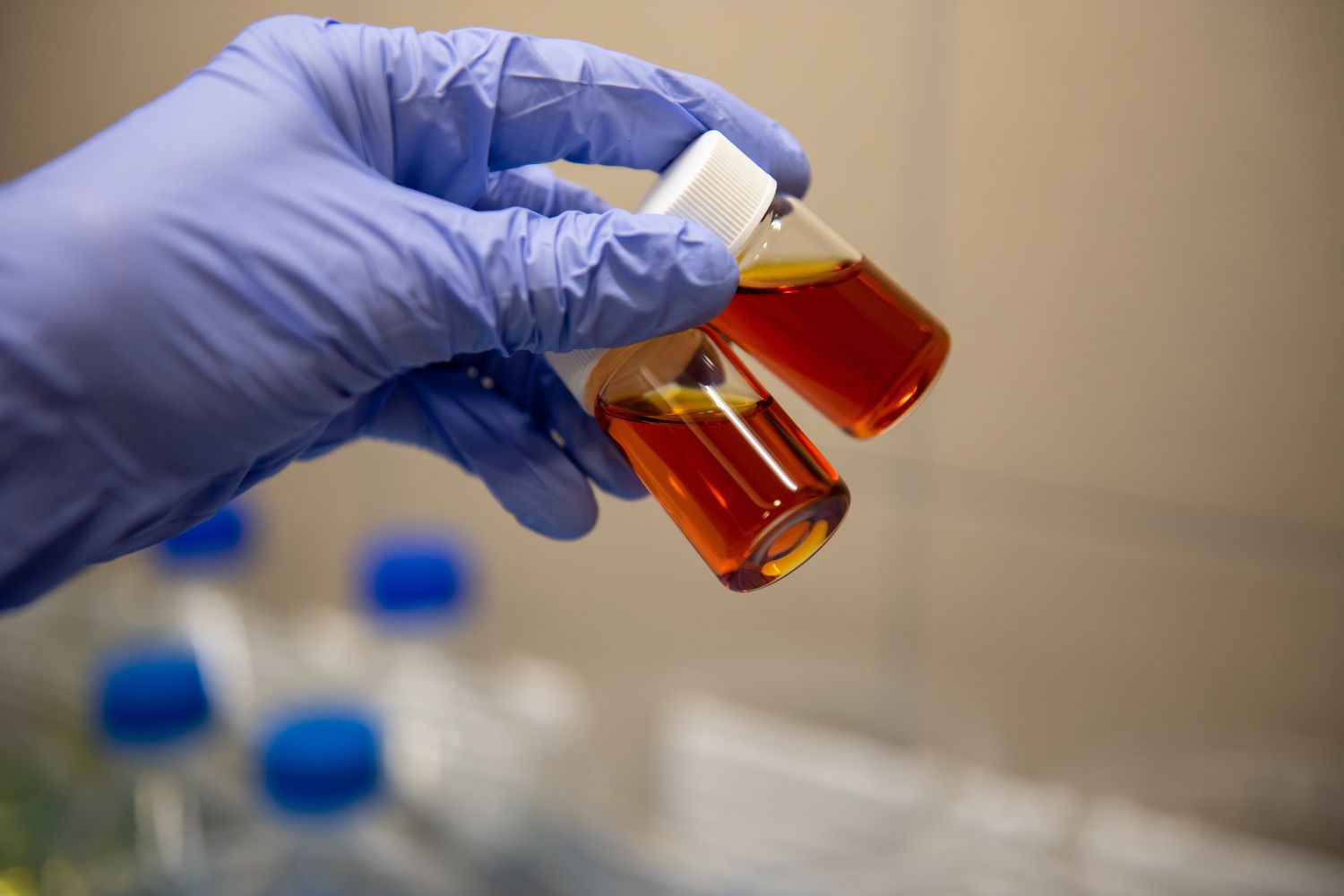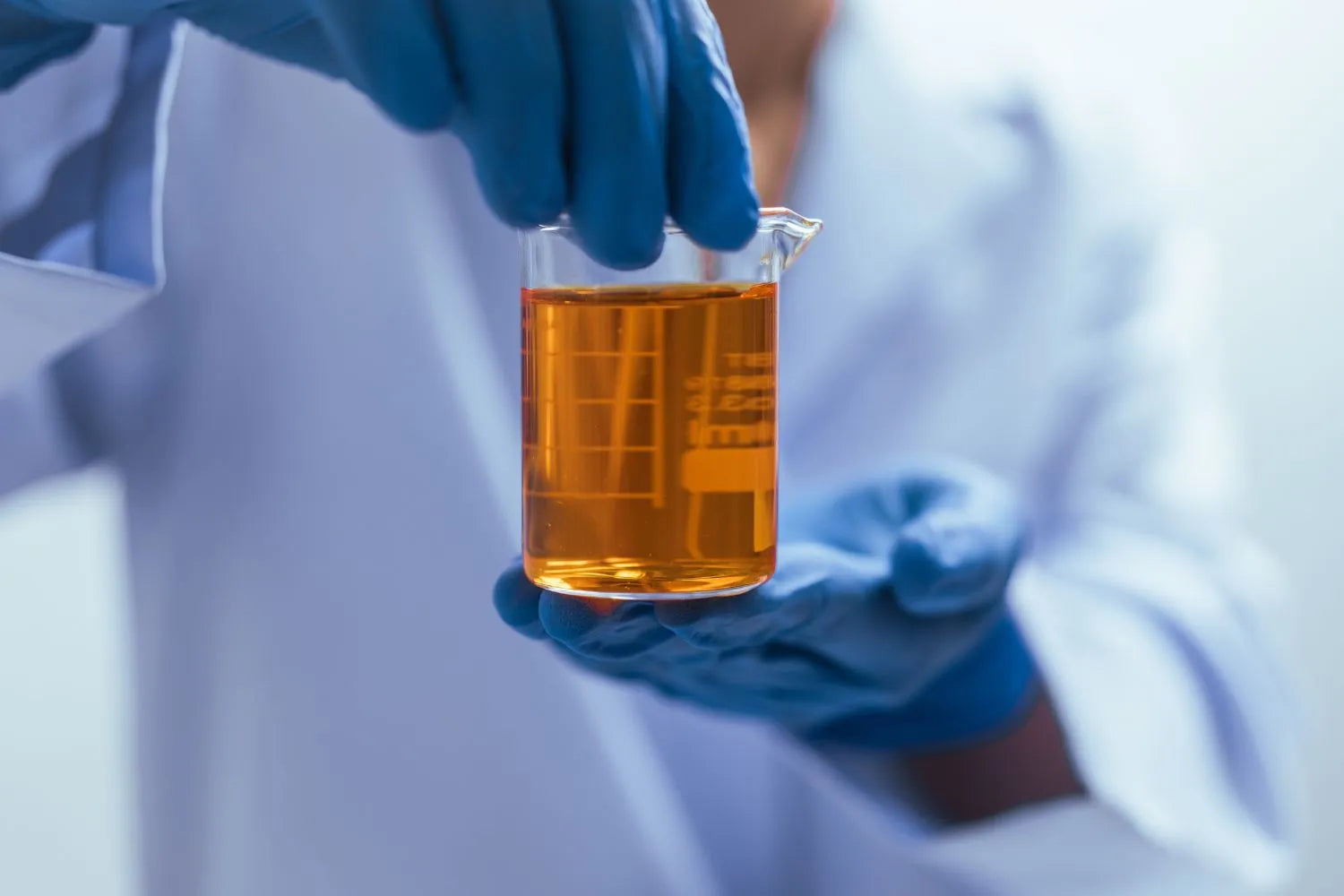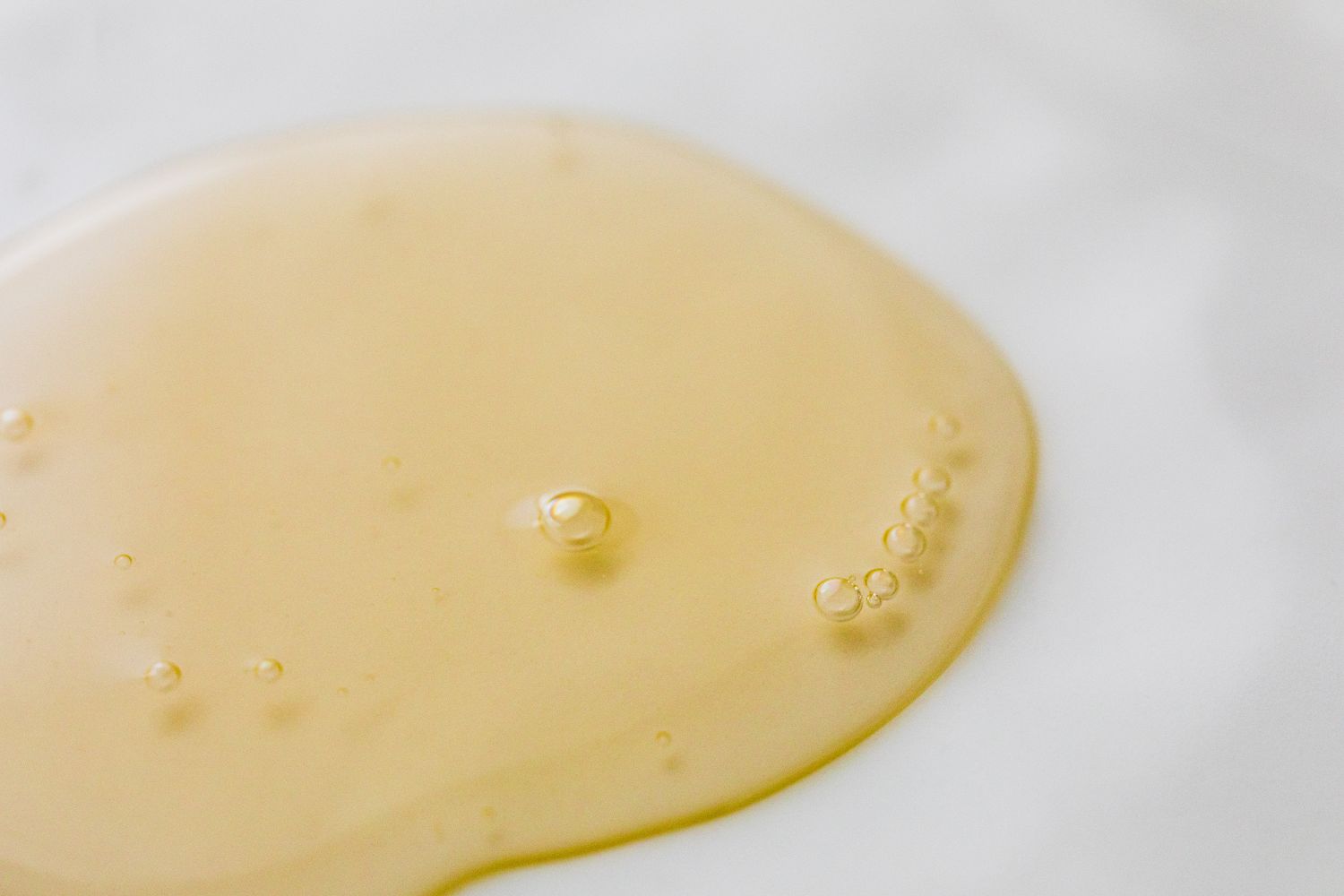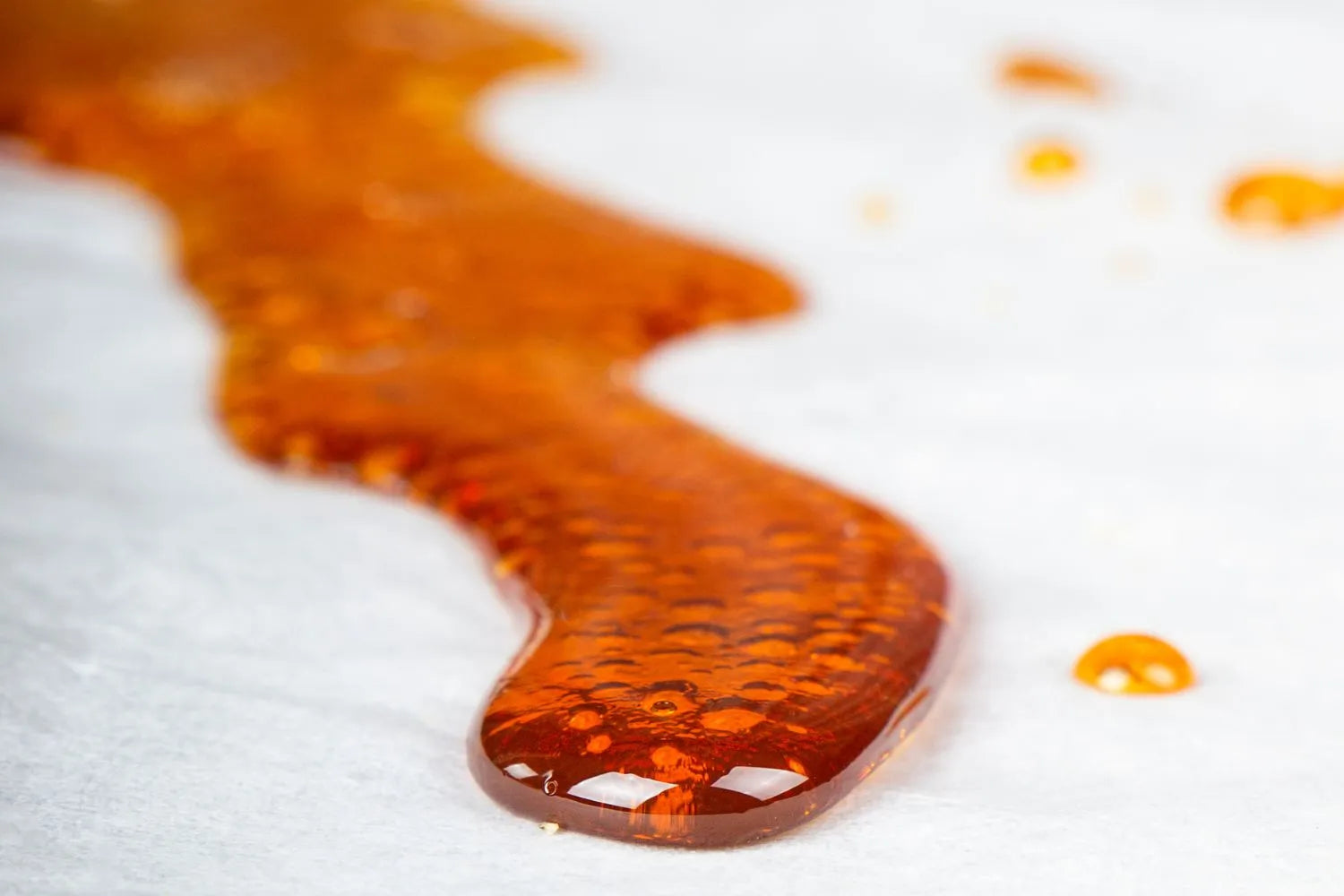Separating THC from hemp extract is something consumers take for granted. But for manufacturers, remediation is far from simple.
Although there are multiple approaches, degradation and chromatography are two options, each with advantages and disadvantages.
But what differentiates chromatography and degradation? Which one is better for consumers and producers? How do these techniques affect the product?
Let’s unpack those questions and see how these two rival methods stack up.
What is THC Remediation?

THC remediation refers to any process that removes tetrahydrocannabinol (THC) from cannabis extracts.
Hemp supplement providers rely on this critical step to create THC-free broad-spectrum and isolate products.
How to Remove THC from CBD Oil?
Thanks to the 2018 Farm Bill, any cannabis flower or products are legal, provided they don’t exceed 0.3% THC by dry weight. Although the intoxicating substance barely exists in “hemp” cultivars, many consumers prefer to avoid THC.
Broad-spectrum and isolate options exist, but these products require additional steps to separate THC from the plant matter or extract.
There are multiple approaches to THC separation, but we’ll discuss chromatography and degradation today.
What is THC Degradation?
THC degradation is a natural process that occurs with all phytocannabinoids.
The first chemical change is decarboxylation. The inert tetrahydrocannabinolic acid (THCA) becomes active THC before breaking down further.
Industrially, the decarboxylation and subsequent degradation process is rushed using light, pressure, and heat. However, left exposed to those elements, the compounds also decarboxylate gradually.
THC Degradation Poses Risks
THC degradation relies on the natural breakdown process of THC. But despite the relatively simple approach, it comes with drawbacks, too.
Like all cannabis extraction and purification methods, THC degradation has benefits and drawbacks.
The list of disadvantages admittedly dwarfs the benefits. Still, there’s a silver lining. Safety concerns associated with industrial THC degradation mainly apply to consumers who are either concerned about THC content or may be highly sensitive to the compound.
Pros
Once the decarboxylated, the intoxicating THC gradually degrades into CBN. This cannabinoid isn’t nearly as psychotropic as THC. However, due to its source, CBN inevitably acts upon the CB1 receptors in the central nervous system - albeit to a weaker extent than THC.
This feature is a double-edged sword (as we’ll see shortly). Manufacturers can use THC degradation to create CBN-specific oils, edibles, vapes, and more.
Unsurprisingly, another substantial benefit is cost - or lack thereof. The process is simpler, requiring less equipment and specialized training than chromatography.
- Achieves THC remediation, reducing or eliminating THC concentration.
- Inexpensive & cost-effective process.
- Convert THC to CBN, a cannabinoid known to have potential benefits.
- Simple to learn and implement.
Cons
While CBN doesn’t trigger cognitive impairment, it’s believed to be a natural sedative. Combined with THC, the two cannabinoids trigger strong “couchlock” - a sense of intense relaxation. Consequently, CBN may amplify any traces of THC left behind.
Furthermore, the presence of CBN is not a viable choice for daytime consumption, potentially limiting the extract’s therapeutic applications.
THC degradation also doesn’t consider the proverbial collateral damage involved. Exposing a plant or extract to controlled light, heat, and pressure conditions will degrade compounds like CBD. Continued exposure to the elements eventually destroys all cannabinoids in the plant matter.
CBD degradation leads to new problems. One 2020 study in Toxics reveals that CBD degrades into delta-9 THC when exposed to light, eventually stabilizing as delta-8.
The ultimate irony is that attempting to remove a psychotropic substance inevitably introduces new ones. Fortunately, these are trace amounts compared to the already small 0.3% THC limit.
Botany aside, THC degradation is also very time-consuming, sacrificing efficiency for lower costs.
- Produces unknown compounds besides CBN.
- Shortens product shelf life.
- Requires prolonged exposure to heat temperatures.
- Leads to the degradation and loss of other cannabinoids.
- Total loss of any remaining terpenes, despite prior distillation that removed initial terpene content.
- CBN is prohibited in some countries, such as the United Kingdom.
What is Chromatography (Purification)?
Compared to degradation, chromatography methods use technical equipment, chemistry, and physics to separate THC from the rest of the extract. The specifics vary, but chromatography works using the same basic principles.
The crude extract is mixed with a solvent and pumped through an inert filter. THC and CBD have the same atomic formula but different molecular structures. As a result, those cannabinoids move through the filter at different speeds, allowing producers to separate them.
But is this a suitable method for you?
Pros
Chromatography comes with various advantages that can be especially beneficial for large producers.
Although infinitely more complicated than degradation, chromatography is more efficient. More material can be processed faster, making it easy to scale up production when suitable.
Chromatography offers more purity than degradation. Even if degradation offered the same precision as its counterpart (which it does not), consumers still have to deal with CBN and trace amounts of THC left behind.
On the other hand, some chromatography methods offer up to 100% purity, ensuring the complete removal of unwanted cannabinoids.
Even though it’s not as cost-effective, producers can still mitigate the expense of chromatography by recycling their solvents.
- Effective THC reduction or removal.
- Almost no heat is used in the process.
- Preservation of more minor cannabinoids.
- Preservation of terpenes.
- Increased bioavailability due to enhanced Entourage Effect.
- Precise THC control and concentration.
Cons
Chromatography is nearly perfect in its execution, precision, and efficiency. The only arguable deterrent is cost.
As we mentioned, chromatography is an excellent option for large-scale producers. Unfortunately, startups and small operations may not have the funding to invest in such advanced purification methods early on. Regardless, chromatography adds substantial overhead compared to degradation.
- High cost.
- A complex process that requires a specific engineering background and expertise.
- Time-consuming.
- Resource-intensive.
- Product loss and lower yields.
THC Degradation vs Chromatography: Which is Better?

Chromatography is the better choice - at least from a practical standpoint. It gives better control, higher productivity, and companies can take steps to reduce costs, such as reusing solvents.
Cost is chromatography’s most significant roadblock - one that some businesses may need time to overcome.
Ask Your Manufacturer How They Remove THC
While finding inexpensive broad-spectrum or isolate products is always exciting, keep in mind that labels don’t tell the entire story.
It’s critical to find out how a manufacturer isolates and removes cannabinoids since degradation methods can leave hidden unwanted compounds, like THC traces, CBN, or other unknown compounds due to THC conversion.
The inadvertent destruction of CBD also means degradation methods reduce the product’s quality and potency.
How Does Arvanna Remediate THC?
Naturally, Arvanna relies on chromatography to keep its products THC-free. Our proprietary method not only separates THC but also retains terpenes and five times as many minor cannabinoids as standard distillates.
Chromatography helps maintain quality and compliance. We keep our Flavian Full-Spectrum CBD Oil™ at the 0.3% THC limit while eliminating THC from our Florian Broad-Spectrum CBD Oil™.
Arvanna is Good Manufacturing Practice (GMP) Certified for additional quality control, safety, and reliability. Furthermore, we make our products in an ISO 9001 Certified lab, followed by third-party testing of every batch.
At Arvanna, we aim to provide the purest, safest, best-quality hemp-derived extracts through stringent quality control and state-of-the-art manufacturing.
Conclusion
Cannabinoid remediation is a tricky process. Although it’s advanced significantly since the early days of CBD supplements, there is no perfect method to separate THC and other cannabinoids from crude extract.
But if a company is willing and able to shoulder the costs, chromatography offers advantages that other methods can’t match.






